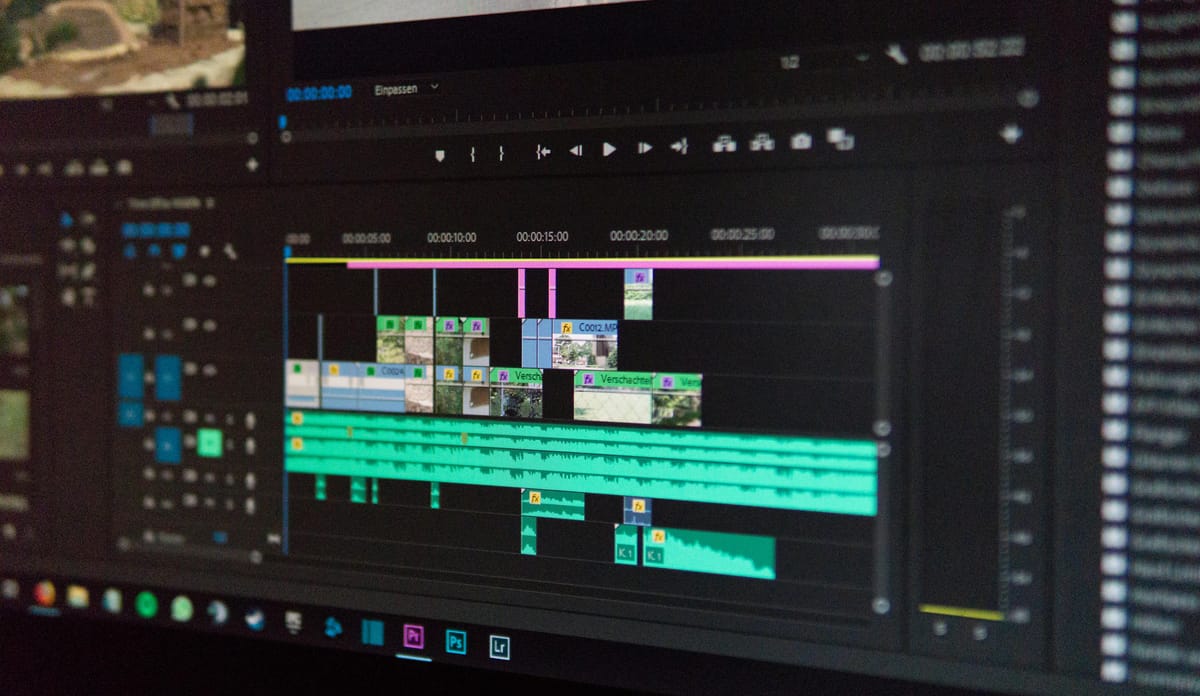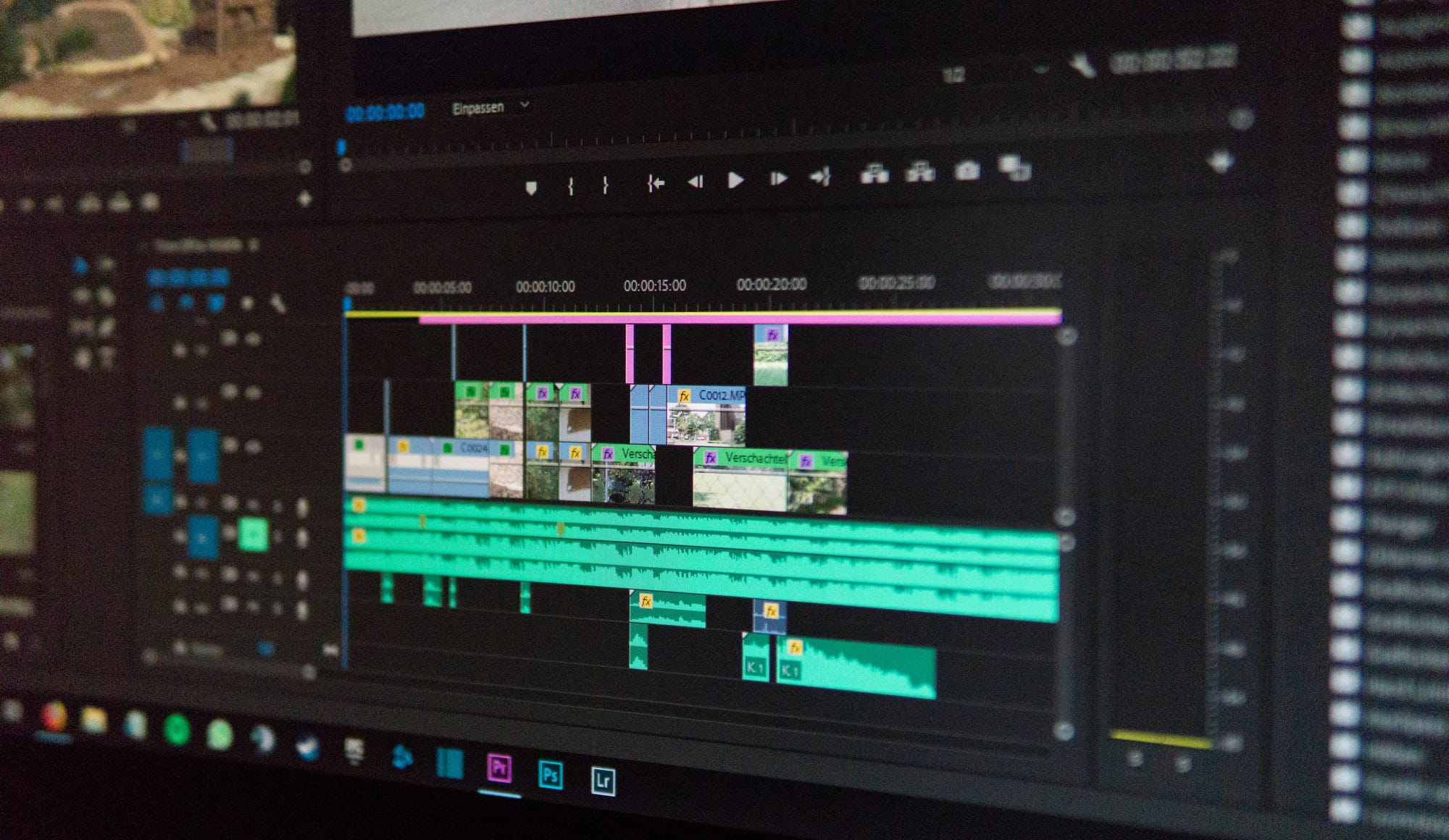Collaborating on Revisions: Efficient Methods for Iterating Video Edits
In the fast-paced world of video production, effective collaboration on revisions is key to producing high-quality content.


Key Takeaways:
- Effective communication is the foundation of a successful revision process, using dedicated communication tools like Slack or Microsoft Teams can streamline discussions.
- Setting clear expectations and deadlines for each stage of the revision process helps keep the project on track.
- Frame.io allows teams to upload, review, and comment on videos in real-time, making collaboration seamless.
- Adobe Premiere Pro Team Projects enable multiple editors to work on the same project simultaneously, with automatic real-time sync.
- DaVinci Resolve’s collaborative workflow allows real-time teamwork with different access privileges for editors, colorists, and sound designers.
- Version control is crucial for managing multiple iterations of a video project, ensuring you can track changes and revert to previous versions if necessary.
- Regular review meetings, whether in person or virtual, keep everyone aligned and ensure prompt feedback addressing.
- AI-powered tools like Adobe Premiere Pro’s Auto Reframe and speech-to-text capabilities can automate repetitive tasks and enhance efficiency.
- Cloud-based editing allows teams to work from anywhere, accessing project files and making changes in real-time.
In the fast-paced world of video production, effective collaboration on revisions is key to producing high-quality content. A lesser-known fact is that the process of revising video edits dates back to the early days of filmmaking, where directors and editors would physically cut and splice film reels to make changes. Today, technology has revolutionized this process, making it more efficient and collaborative.
Understanding the Revision Process
Establishing Clear Communication Channels
Effective communication is the foundation of a successful revision process. Using dedicated communication tools like Slack, Microsoft Teams, or even built-in project management features in editing software can streamline discussions and ensure that everyone is on the same page.
Setting Expectations and Deadlines
Setting clear expectations and deadlines for each stage of the revision process helps keep the project on track. This includes defining the number of revisions allowed, turnaround times, and specific goals for each iteration.
Using Collaborative Tools
Modern video editing software offers various tools to facilitate collaboration. Here are three essential tools and how to use them effectively:
1. Frame.io
Frame.io is a cloud-based collaboration platform specifically designed for video production. It allows teams to upload, review, and comment on videos in real-time.
- Upload and Share: Upload the video project to Frame.io and share it with your team.
- Timestamped Comments: Reviewers can leave timestamped comments directly on the video, making it easy to pinpoint specific areas that need changes.
- Version Control: Keep track of different versions of the video and compare them side by side to see the progress and changes made.
2. Adobe Premiere Pro Team Projects
Adobe Premiere Pro offers Team Projects, a feature that enables multiple editors to work on the same project simultaneously.
- Create a Team Project: Start by creating a new Team Project and invite your collaborators.
- Shared Editing: Editors can work on different parts of the project, and changes are automatically synced in real-time.
- Conflict Resolution: Premiere Pro provides tools to resolve conflicts if two editors make changes to the same clip simultaneously.
3. DaVinci Resolve Collaborative Workflow
DaVinci Resolve’s collaborative workflow allows multiple users to work on the same project in real-time, each with different access privileges.
- Set Up a Project Server: Configure a project server to host your collaborative projects.
- Assign Roles: Assign roles such as colorist, editor, and sound designer to team members, granting them appropriate access to project elements.
- Real-Time Collaboration: Team members can see each other’s changes in real-time, making it easier to discuss and implement revisions.
Efficient Methods for Iterating Video Edits
Utilizing Version Control
Version control is crucial for managing multiple iterations of a video project. It ensures that you can track changes, revert to previous versions if necessary, and maintain a clear history of the project’s evolution.
- Save Versions Regularly: Save new versions of the project file after each significant round of revisions.
- Label Clearly: Use clear, descriptive labels for each version to avoid confusion.
Conducting Regular Review Meetings
Regular review meetings keep everyone aligned and ensure that feedback is addressed promptly. These meetings can be held in person or virtually, depending on the team’s preferences and location.
- Prepare an Agenda: Have a clear agenda for each meeting, focusing on specific aspects of the video that need review.
- Screen Sharing: Use screen sharing tools to review the video together and discuss changes in real-time.
Implementing Feedback Effectively
Effective implementation of feedback is essential for a smooth revision process. Here are some tips:
- Prioritize Feedback: Not all feedback is equally important. Prioritize changes that have the most significant impact on the final product.
- Group Similar Feedback: Group similar feedback together to address multiple issues in one go, saving time and effort.
- Clarify Doubts: If any feedback is unclear, seek clarification before making changes to avoid miscommunication.
The Role of Technology in Streamlining Revisions
AI-Powered Tools
AI-powered tools are becoming increasingly popular in video editing. These tools can automate repetitive tasks, suggest edits, and even enhance footage quality.
- Auto Reframe: Tools like Adobe Premiere Pro’s Auto Reframe automatically adjust the aspect ratio of videos to fit different platforms.
- Speech-to-Text: AI can generate accurate transcripts of dialogues, making it easier to create subtitles and identify sections that need editing.
Cloud-Based Editing
Cloud-based editing allows teams to work from anywhere, accessing the project files and making changes in real-time.
- Storage Solutions: Use cloud storage solutions like Google Drive, Dropbox, or dedicated platforms like Frame.io to store and share project files.
- Real-Time Collaboration: Cloud-based editing tools enable real-time collaboration, reducing the need for physical presence and speeding up the revision process.
FAQ
1. How many revisions should be allowed in a video editing project?
The number of revisions allowed depends on the project's scope and the client's requirements. Typically, it's good practice to agree on a specific number (e.g., three rounds of revisions) at the start of the project to manage expectations and timelines.
2. What are the benefits of using timestamped comments in video reviews?
Timestamped comments allow reviewers to provide precise feedback on specific parts of the video. This makes it easier for editors to identify and address the exact areas that need changes, improving the efficiency of the revision process.
3. How can version control improve the video editing process?
Version control helps keep track of all changes made to the project. It allows editors to revert to previous versions if needed, ensures that no work is lost, and provides a clear history of the project’s development, which is invaluable for tracking progress and resolving any issues.
4. What is the best way to handle conflicting feedback from multiple stakeholders?
When dealing with conflicting feedback, prioritize the input based on the project's goals and the importance of each stakeholder. Seek clarification and facilitate discussions to reach a consensus on the best approach to incorporate the feedback.
5. How do AI-powered tools enhance the video editing process?
AI-powered tools can automate repetitive tasks, suggest edits, and improve footage quality, significantly reducing the time and effort required for editing. They enable editors to focus more on creative aspects and less on manual adjustments, resulting in a more efficient workflow.
By leveraging modern technology and adopting efficient methods for collaboration and revisions, video editors can enhance their productivity and produce high-quality content that meets the expectations of all stakeholders involved.